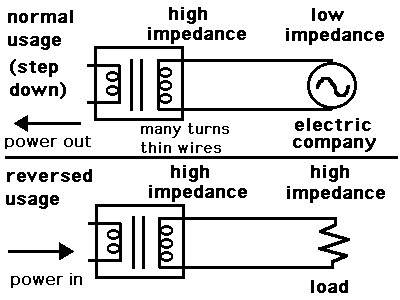R
red_alert
Guest
Hello,
I wonder if one could build a pure sine inverter using a single stage DC-AC converter.
The classical implementation is to build a DC-DC converter (24V -> 350V in my case) then use a sPWM driven MOSFET full bridge to get the 230V AC output.
My question is: can I use a single full bridge stage (sPWM driven) to convert a 24V ("bus") input to a 230V AC output?
Actually, instead of driving the classical DC-DC (24V -> 350V) converter with a simple PWM signal, could I use a sine modulated PWM signal to get the AC output voltage directly?
I've seen this implementation in LF output transformer inverters; they convert 24V DC to 16V AC which feed a standard low frequency (50Hz) transformer to get the 230V AC output.
I wonder if one could build a pure sine inverter using a single stage DC-AC converter.
The classical implementation is to build a DC-DC converter (24V -> 350V in my case) then use a sPWM driven MOSFET full bridge to get the 230V AC output.
My question is: can I use a single full bridge stage (sPWM driven) to convert a 24V ("bus") input to a 230V AC output?
Actually, instead of driving the classical DC-DC (24V -> 350V) converter with a simple PWM signal, could I use a sine modulated PWM signal to get the AC output voltage directly?
I've seen this implementation in LF output transformer inverters; they convert 24V DC to 16V AC which feed a standard low frequency (50Hz) transformer to get the 230V AC output.

